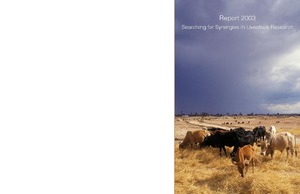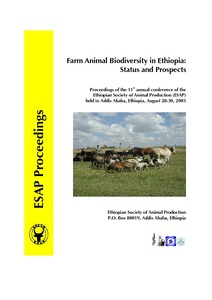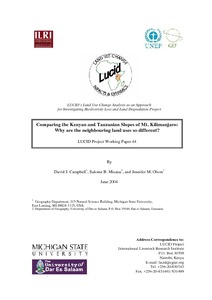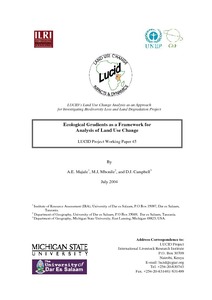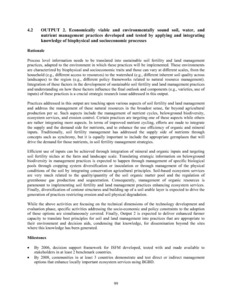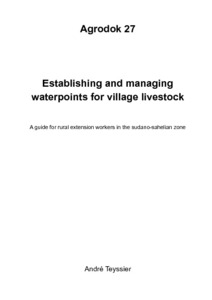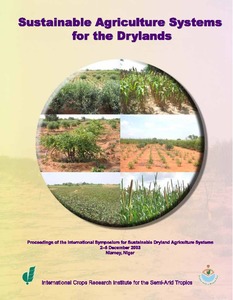CGIAR Systemwide Livestock Programme Report 2003. Searching for synergies in livestock research
The Systemwide Livestock Programme (SLP) of the Consultative Group on International Agricultural Research (CGIAR) works to alleviate poverty, protect natural resources and achieve food security in developing countries. The SLP has completed two transregional projects designed to identify the common factors that drive crop-livestock intensification and determine access to markets for smallholders. Working across three continents, the first project looked at farming systems operating at different levels of intensity.

